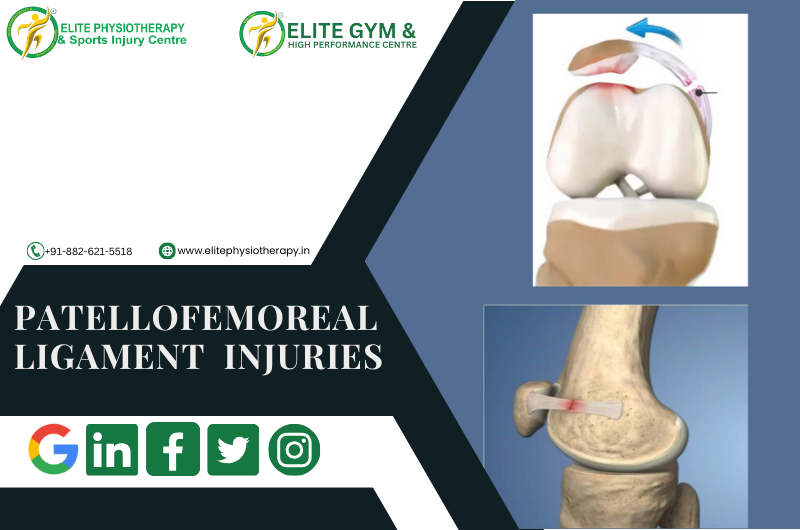Introduction to LIPU: A Modern Therapeutic Approach
Low-intensity pulsed Ultrasound (LIPU) is an innovative, noninvasive therapy that utilizes sound waves to stimulate tissue repair and regeneration. We at Elite Physiotherapy & Sports Injury Centre incorporate LIPU into our cutting-edge treatment plans to improve our patients’ recovery.
Understanding the Mechanism of LIPU
To promote healing, LIPU works by providing low-intensity ultrasound waves in pulses that interact with bodily tissues. Among the principal mechanisms are:
- Mechanical Stimulation: By causing tiny vibrations in tissues, ultrasound waves increase cellular activity and aid in healing.
- Thermal Effects: Although small, the targeted area’s blood flow and metabolic activity may be enhanced by the minor temperature increase.
- Cavitation: Microbubble creation can promote tissue regeneration and cellular activity.
All of these processes work together to promote better tissue function, decreased inflammation, and quicker recovery.
How LIPU Works?
Ultrasound waves are delivered by LIPU at intervals that result in tiny mechanical stress. This tension encourages:
- Angiogenesis (formation of new blood vessels)
- Increased production of proteins
- Deposition of calcium in bone
- Cell proliferation and differentiation
leads supported by research indicate that LIPU promotes stem cell activity and boosts the synthesis of growth factors like VEGF (Vascular Endothelial Growth Factor), which leads in a quicker and more efficient recovery.
Clinical Applications of LIPU in Physiotherapy
1. Enhancing Bone Healing
It has been demonstrated that Low Intensity Pulsed Ultrasound speeds up the healing of new fractures. Even in patients with risk factors like smoking, clinical studies show that regular 20-minute sessions can considerably shorten the recovery period.
2. Tendon and Ligament Repair
LIPU therapy is beneficial for tendon injuries, which are common in athletes. According to research, Low Intensity Pulsed Ultrasound enhances the structural integrity of regenerating tendons and encourages the creation of collagen.
3. Post-Surgical Rehabilitation
Low Intensity Pulsed Ultrasound facilitates the integration of grafts and speeds up healing following treatments such as ACL restoration. It promotes improved healing by increasing cellular activity and blood flow at the tendon-bone junction.
4. Soft Tissue Injuries
By lowering inflammation and encouraging tissue regeneration, Low Intensity Pulsed Ultrasound helps cure ligament sprains and muscle strains, allowing for a quicker return to activity.
Advantages of LIPU Therapy at Elite Physiotherapy
- Non-Invasive Treatment: LIPU provides a painless substitute for surgery.
- Accelerated Recovery: Patients recover more quickly, which enables them to resume sports and regular activities sooner.
- Personalized Care: To ensure the best results, our therapists customize LIPU procedures to meet the needs of each patient.
- Complementary Therapy: For all-encompassing care, LIPU easily combines with other forms of physiotherapy.
Common Conditions Treated with Low Intensity Pulsed Ultrasound
- Stress fractures: Speeds bone healing
- Tendinitis: Promotes collagen regeneration
- Post-operative pain: Reduces inflammation
- Ligament injuries: Enhances repair and recovery
- Osteoarthritis: Improves function and reduces pain
Integrating LIPU into Your Rehabilitation Plan
We use Low Intensity Pulsed Ultrasound in our treatment plans at Elite Physiotherapy & Sports Injury Centre for several conditions, such as:
- Bone injuries and fractures
- Ligament injuries and tendinitis
- Post-operative rehabilitation
- Long-term musculoskeletal disorders
Our skilled physiotherapists evaluate each case to decide whether Low Intensity Pulsed Ultrasound is appropriate, guaranteeing individualized and successful treatment plans.
Conclusion
An important development in physiotherapy is Low Intensity Pulsed Ultrasound, which provides a non-invasive, practical, and efficient way to encourage tissue recovery. At Elite Physiotherapy & Sports Injury Centre, we’re dedicated to using these cutting-edge treatments to improve patients’ recuperation and general health.
Experience the benefits of LIPU therapy. Contact us to schedule your consultation today.










